Your Solution for a Healthy Home

Mold
We can help you to initially determine if you have a mold issue and then check after any necessary mold cleanup is complete so your home or business is a healthy and safe environment.
You may have a mold problem if …
- You recently had water damage that was not properly dried.
- You have discoloration or “black mold” spots on walls, ceiling or carpeted surfaces.
- You have areas on walls or ceilings that look like bubbles coming up under the paint.
- You notice a damp, musty odor in a room.
- You have areas of persistent high humidity, or unrepaired water leaks/infiltration in your home.
- You suffer from unexplained frequent respiratory illness; or constant allergy, cold, or flu-like symptoms.
Services We Provide
- Initial commercial or residential mold inspections, including digital photo documentation, assessment, and a written report outlining our findings.
- Indoor air quality assessment, including comprehensive mold spore sampling and testing.
- Mold remediation project consultation.
- Post remedial site inspections, including digital photo documentation, assessment, and a written report outlining our findings.
Asbestos
- Initial asbestos inspections and sampling
- Post abatement asbestos clearance checks
- Sampling services
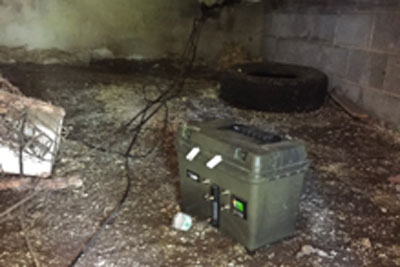
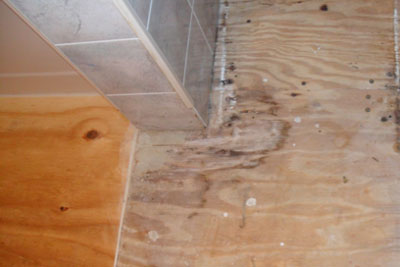
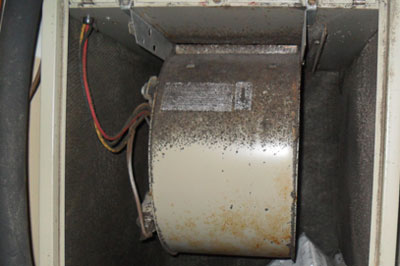
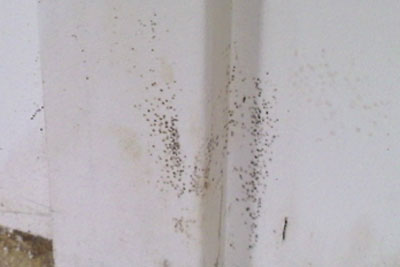

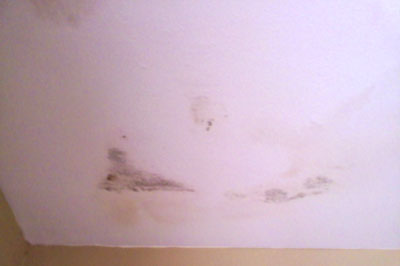
Want to know more?
Contact Us
If you suspect a problem with mold or asbestos at your home or business, give us a call.
(540) 362-5636
Health Effects of Mold
The following is a short overview of common mold species found indoors that may cause health problems. There are thousands of mold species, and this overview is not meant to be a comprehensive look at all of them. The types of mold presented here are ones that have been found in samples taken from houses in Virginia.
Not all molds cause health problems, but many do.
This mold species is extremely widespread.
Outdoors it may be isolated from samples of soil, seeds, and plants, and is quite common. Indoors, it is often found in carpets, textiles, and on horizontal surfaces in building interiors like window frames.
The species Alternaria alternata is capable of producing tenuazonic acid and other mycotoxins (toxic substances created by molds) associated with several diseases in humans and animals. Pneumonitis, sinusitis, deratomycosis (tinea and candidiasis), onychomycosis (nail fungus), subcutaneous phaeohyphomycosis (deep skin infections), and invasive infections may be caused by this species. Acute symptoms may include edema and bronchiospasms, and chronic exposure may cause pulmonary emphysema.